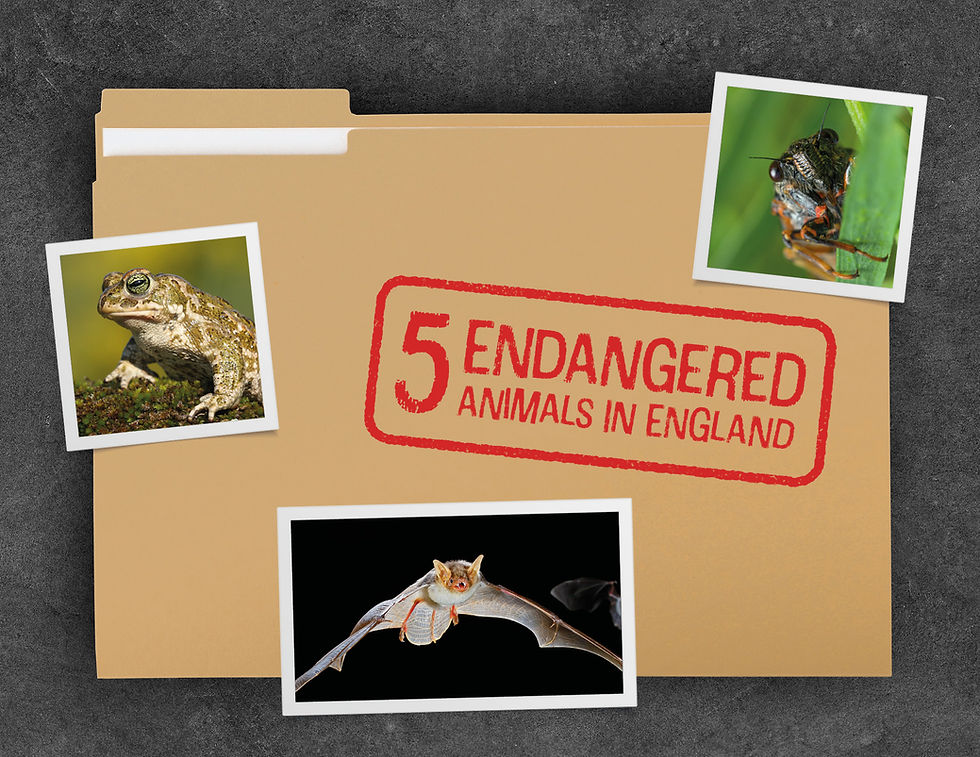Natureman Talks: Technology and Wildlife Conservation
- Dane
- Mar 2, 2024
- 3 min read
Updated: Jul 30

Technology is revolutionizing conservation efforts worldwide, offering new and innovative solutions to protect many endangered species and their habitats. From tracking animal movements to monitoring environmental changes, here's a deep dive into how technology is aiding conservation.
One of the most impactful applications of technology in conservation is wildlife tracking. GPS and satellite tracking devices have enabled researchers to monitor animal movements with unprecedented precision. For instance, sea turtle conservationists use satellite tags to track the migratory routes of these ancient mariners. By understanding their movements, scientists can identify critical habitats and advocate for their protection.

Radio collars can be equipped with GPS technology which has transformed our understanding of large mammals like elephants and big cats. These collars provide real-time data on their whereabouts, helping conservationists mitigate human-wildlife conflicts and combat poaching. In Africa, organizations like Save the Elephants use GPS collars to track elephant herds, allowing rangers to respond swiftly to threats and protect these majestic creatures from illegal hunting.
Drones have become another game-changer in conservation efforts. These unmanned aerial vehicles are used for various purposes, including anti-poaching patrols, habitat monitoring, and wildlife surveys. In the fight against poaching, drones equipped with thermal imaging cameras can detect poachers even in dense forests or at night, providing rangers with crucial intelligence to intercept illegal activities before they occur.

Advances in camera trap technology have revolutionized wildlife monitoring. These motion-activated cameras capture images and videos of elusive animals, providing valuable insights into their behaviour and population dynamics. For example, camera traps have been instrumental in studying elusive big cats like snow leopards in the rugged mountains of Central Asia. By analysing these images, researchers can estimate population sizes, assess habitat quality, and develop targeted conservation strategies.
In addition to tracking animals, technology is also helping to address broader environmental challenges. Remote sensing satellites, for instance, provide a bird's-eye view of our planet, allowing scientists to monitor deforestation, habitat loss, and other ecosystem changes on a global scale. Conservationists can analyse these images to identify areas of high conservation value and prioritize conservation actions accordingly.

Data analytics and artificial intelligence are transforming how we analyse and interpret ecological data. Machine learning algorithms can process vast amounts of data, such as camera trap images or satellite imagery, to identify patterns and trends that may not be apparent to the human eye. This enables researchers to make more informed decisions and allocate resources more effectively. One notable example of AI in conservation is the use of acoustic monitoring to study marine mammals like whales and dolphins. AI algorithms can identify species-specific vocalizations and track their distribution and abundance in real time. This information is invaluable for marine conservation efforts, helping to inform marine protected area designations and mitigate the impacts of human activities such as shipping and seismic exploration.
Citizen science initiatives harness the power of technology to engage the public in conservation efforts. Mobile apps allow users to report wildlife sightings, record environmental data, and participate in research projects from anywhere in the world. Projects like eBird and iNaturalist have amassed vast amounts of data contributed by citizen scientists, providing researchers with valuable information on species distributions, phenology, and biodiversity trends.

Technology is playing a vital role in conservation by providing innovative tools and solutions to protect endangered species and their habitats. From wildlife tracking and habitat monitoring to data analysis and citizen science, these advancements are helping to safeguard biodiversity for future generations. By harnessing the power of technology, we can achieve more effective and sustainable conservation outcomes.




Comments